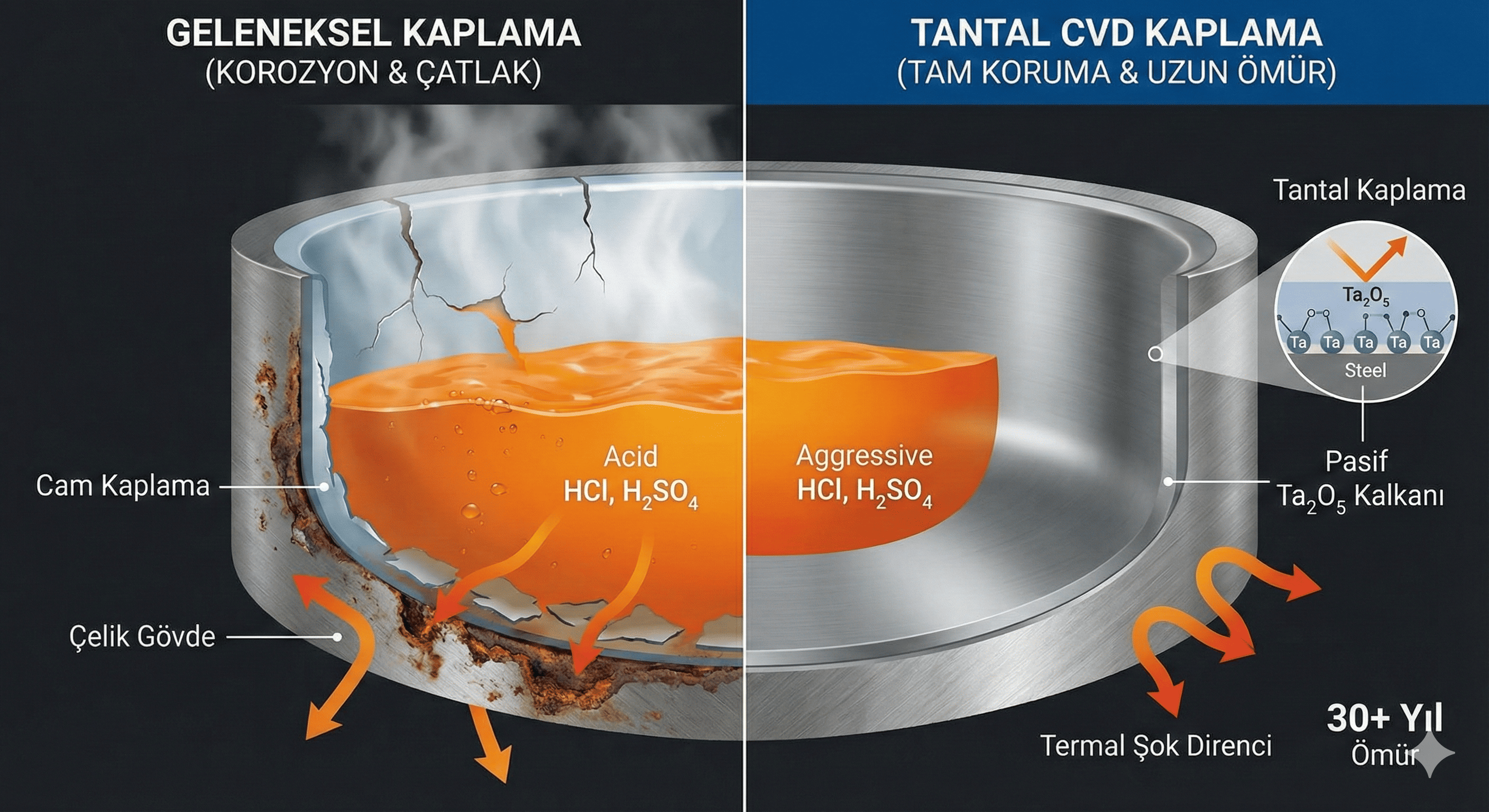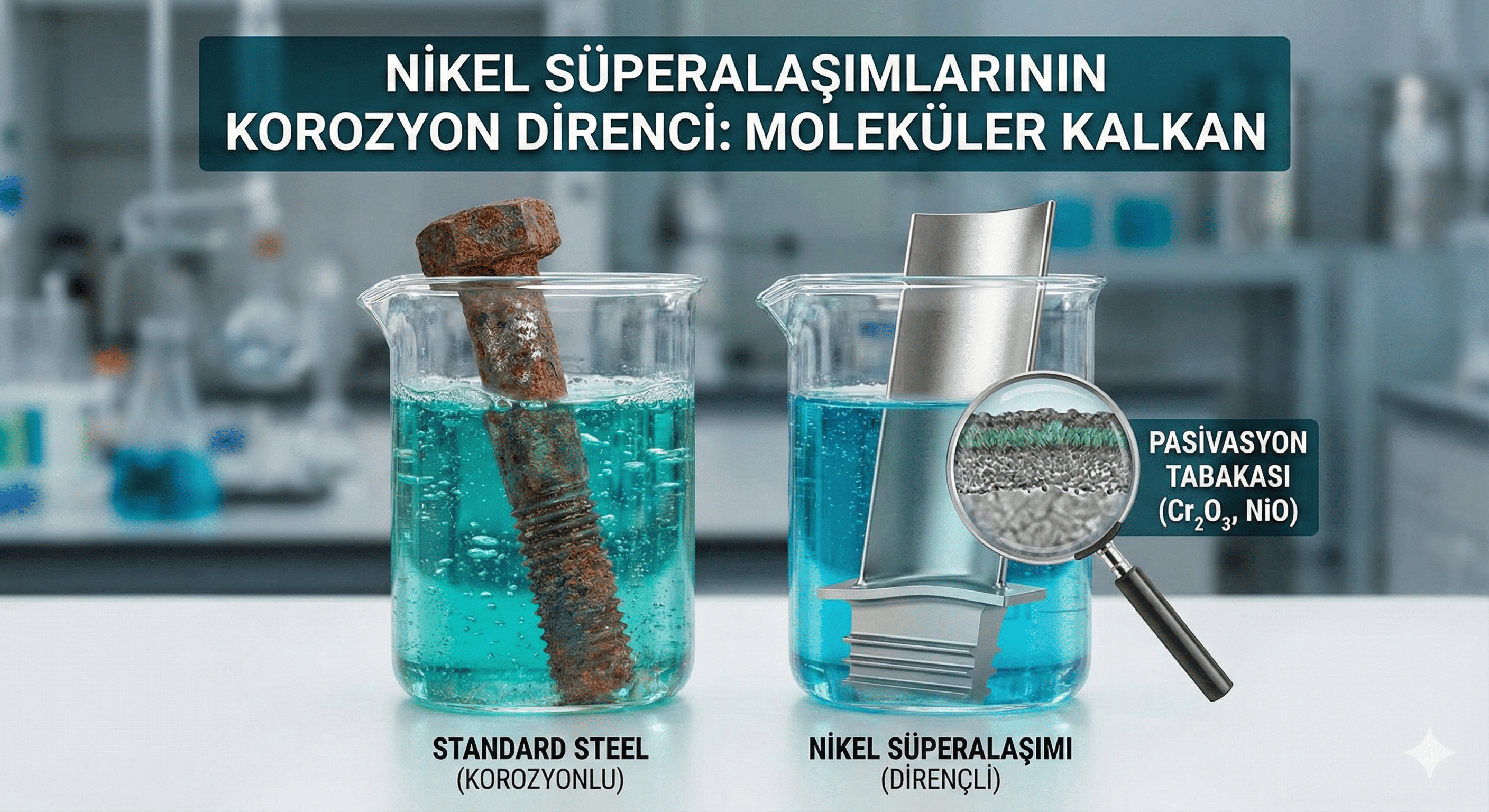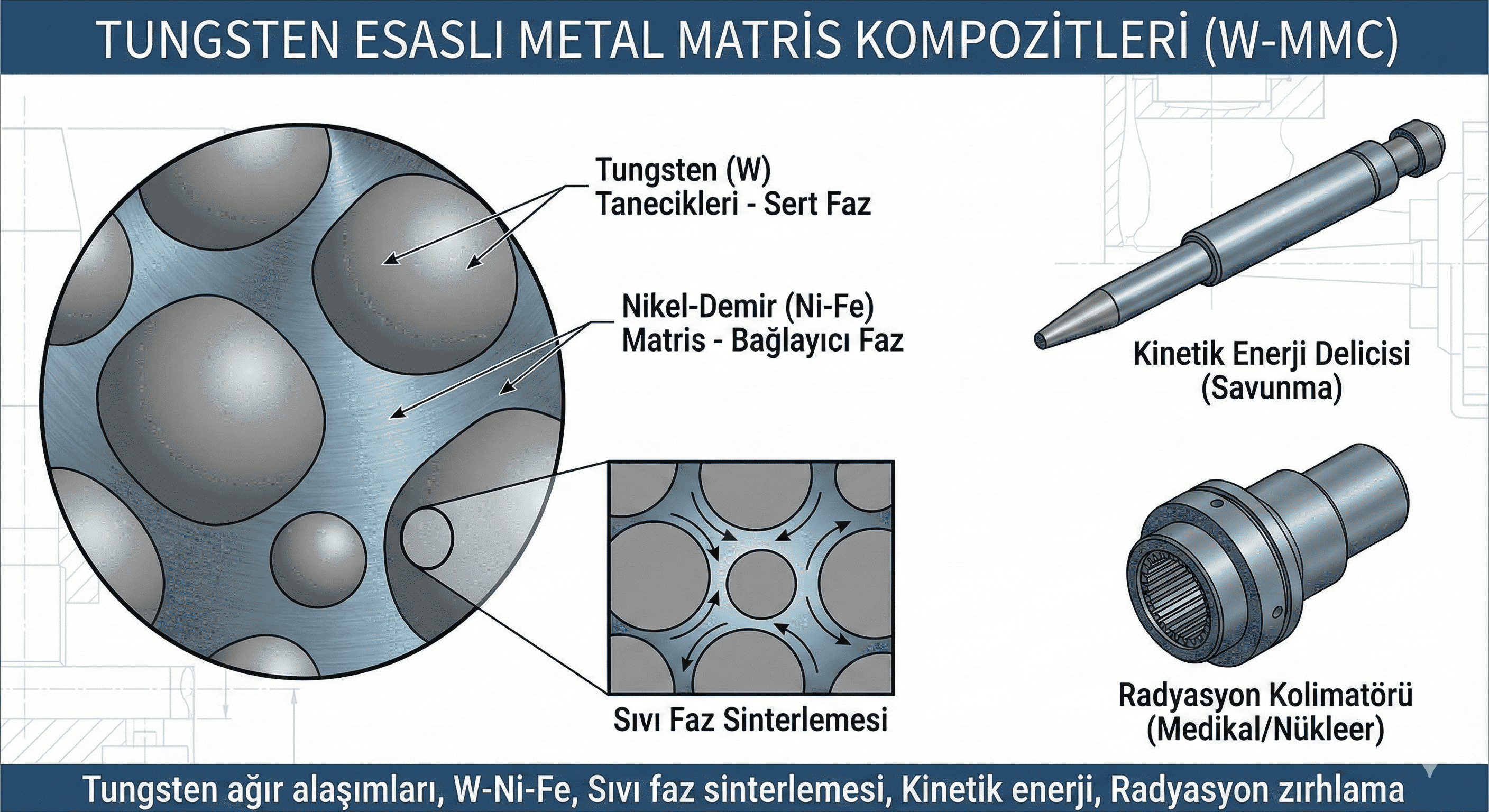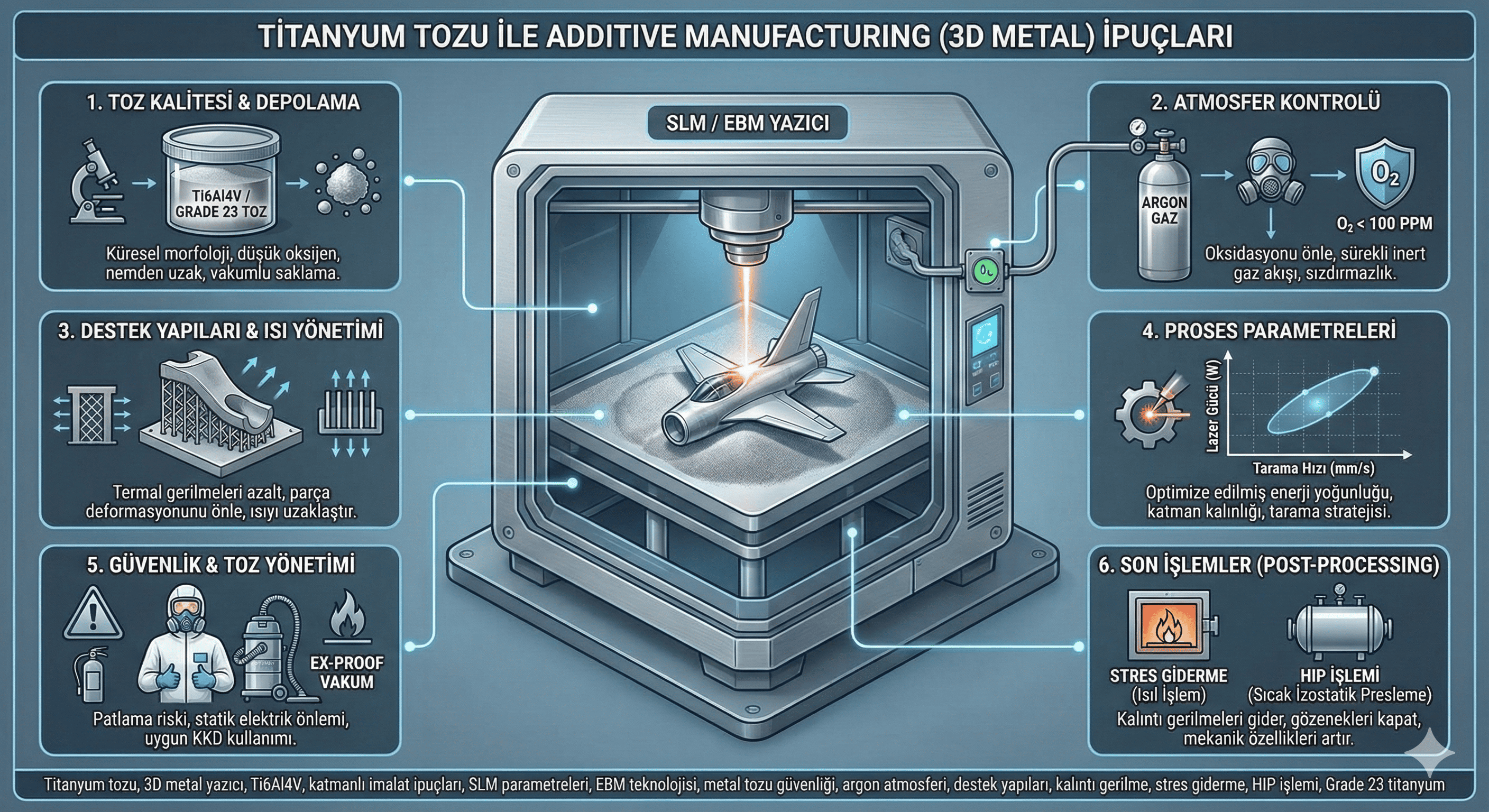Tantalum Oxide Powder: Properties, Synthesis, and Applications
Introduction
Tantalum oxide (Ta²O5) powder is a high-performance material known for its exceptional properties, including high thermal stability, corrosion resistance, and excellent dielectric characteristics. It is widely used in electronics, optics, materials science, and various industrial applications. This article explores the properties, synthesis methods, and diverse applications of tantalum oxide powder.
Chemical Properties
- Composition: Tantalum oxide is a binary oxide of tantalum with the chemical formula Ta²O5. It is typically found as a white, crystalline powder.
- Reactivity: Tantalum oxide is chemically stable and highly resistant to most acids and bases. It does not react readily with water or atmospheric oxygen under normal conditions. However, it can be reduced to metallic tantalum at high temperatures.
- Surface Chemistry: The surface chemistry of tantalum oxide powder can be modified for various applications, including enhancing surface reactivity or improving compatibility with other materials.
Physical Properties
- Size and Shape: Tantalum oxide powder typically consists of particles ranging from a few nanometers to several micrometers. The particle size and shape can vary depending on the synthesis method and processing conditions.
- Density: The density of tantalum oxide powder is influenced by particle size and morphology. The bulk density of Ta²O5 is approximately 8.2 g/cm³, but the density of powder can be lower due to its porosity.
- Mechanical Properties: Tantalum oxide exhibits high hardness and mechanical strength. The mechanical properties of the powder can differ from the bulk material due to factors such as particle size and agglomeration.
- Thermal Properties: Tantalum oxide has excellent thermal stability with a high melting point of approximately 3,300°C (5,972°F). It retains its properties at elevated temperatures and is used in high-temperature applications.
- Optical Properties: Tantalum oxide has high refractive index and low absorption in the visible spectrum, making it suitable for use in optical coatings and photonics.
Synthesis Methods
- Chemical Vapor Deposition (CVD): CVD involves the deposition of tantalum oxide from vaporized precursors onto a substrate. The method allows for precise control over the composition, particle size, and morphology of the powder.
- Sol-Gel Method: In the sol-gel process, tantalum precursors are dissolved in a solution to form a gel. The gel is then dried and calcined to produce tantalum oxide powder. This method allows for control over particle size and distribution.
- Hydrothermal Synthesis: Tantalum oxide powder can be synthesized using hydrothermal methods, where tantalum salts are reacted in a high-temperature, high-pressure aqueous environment. This method yields high-purity powder with controlled particle size.
- Precipitation: Tantalum oxide can be produced by precipitating tantalum salts with a precipitating agent. The resulting precipitate is filtered, washed, and calcined to form tantalum oxide powder.
- Solid-State Reaction: This method involves mixing tantalum pentoxide with other reagents and heating the mixture to high temperatures. The solid-state reaction produces tantalum oxide powder with specific properties.
- Laser Ablation: In laser ablation, a tantalum target is irradiated with a high-energy laser in a vacuum or inert gas environment. The laser causes the target to vaporize, and the vapor condenses into tantalum oxide nanoparticles or powder.
Applications
- Electronics: Tantalum oxide is used in electronic components, including capacitors and resistors, due to its high dielectric constant and stability. It is also used in the fabrication of thin-film transistors and other electronic devices.
- Optics: The high refractive index and low absorption of tantalum oxide make it ideal for use in optical coatings, lenses, and other photonic applications. It is used to produce antireflection coatings and protective layers.
- Catalysis: Tantalum oxide powder is used as a catalyst or catalyst support in various chemical reactions, including oxidation and hydrogenation processes. Its high surface area and stability enhance catalytic performance.
- Materials Science: In materials science, tantalum oxide is used in the production of advanced ceramics, including piezoelectric and dielectric materials. Its high melting point and stability make it suitable for high-performance materials.
- Energy Storage: Tantalum oxide is used in energy storage devices, such as capacitors and batteries. Its high dielectric constant contributes to improved energy storage and performance.
- Chemical Sensors: Tantalum oxide powder is employed in chemical sensors for detecting gases and other substances. Its chemical stability and reactivity make it effective in various sensing applications.
Safety and Handling
- Toxicity: Tantalum oxide is generally considered to have low toxicity. However, inhalation of fine dust or prolonged exposure should be avoided. Proper safety measures should be followed to minimize health risks.
- Protective Measures: When handling tantalum oxide powder, use appropriate personal protective equipment (PPE), such as dust masks, safety goggles, and gloves. Work in a well-ventilated area or fume hood to reduce exposure to airborne particles.
- Storage: Store tantalum oxide powder in airtight containers to prevent contamination and moisture absorption. Keep it in a cool, dry place to maintain stability and prevent degradation.
Conclusion
Tantalum oxide powder is a high-performance material with a range of valuable properties, including high thermal stability, excellent dielectric characteristics, and chemical resistance. Its applications span various fields, from electronics and optics to catalysis and materials science. Understanding its synthesis methods, properties, and safety considerations is essential for effectively utilizing tantalum oxide powder in advanced technologies and industrial processes.
If you have any more questions or need further information, feel free to ask!





